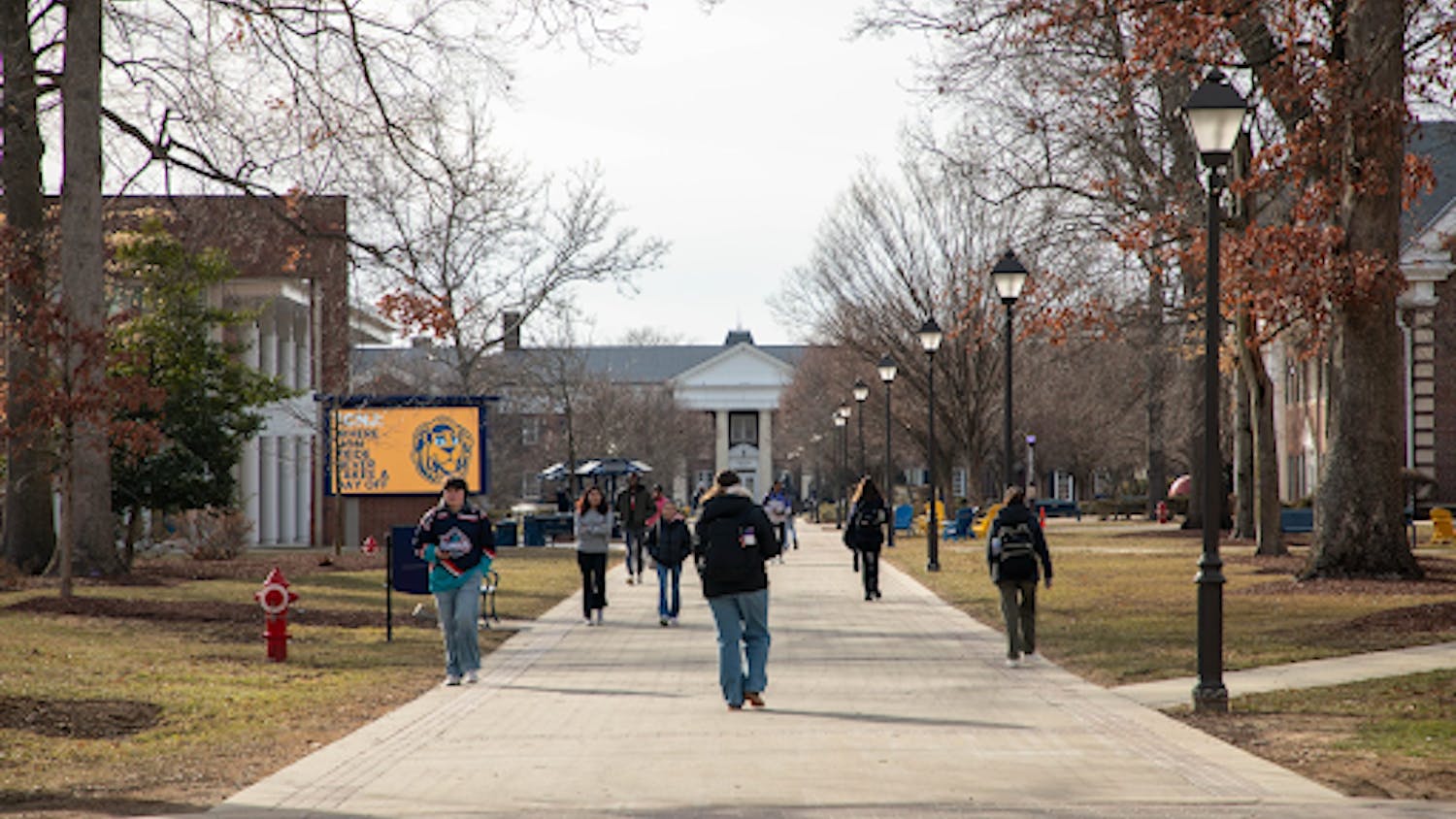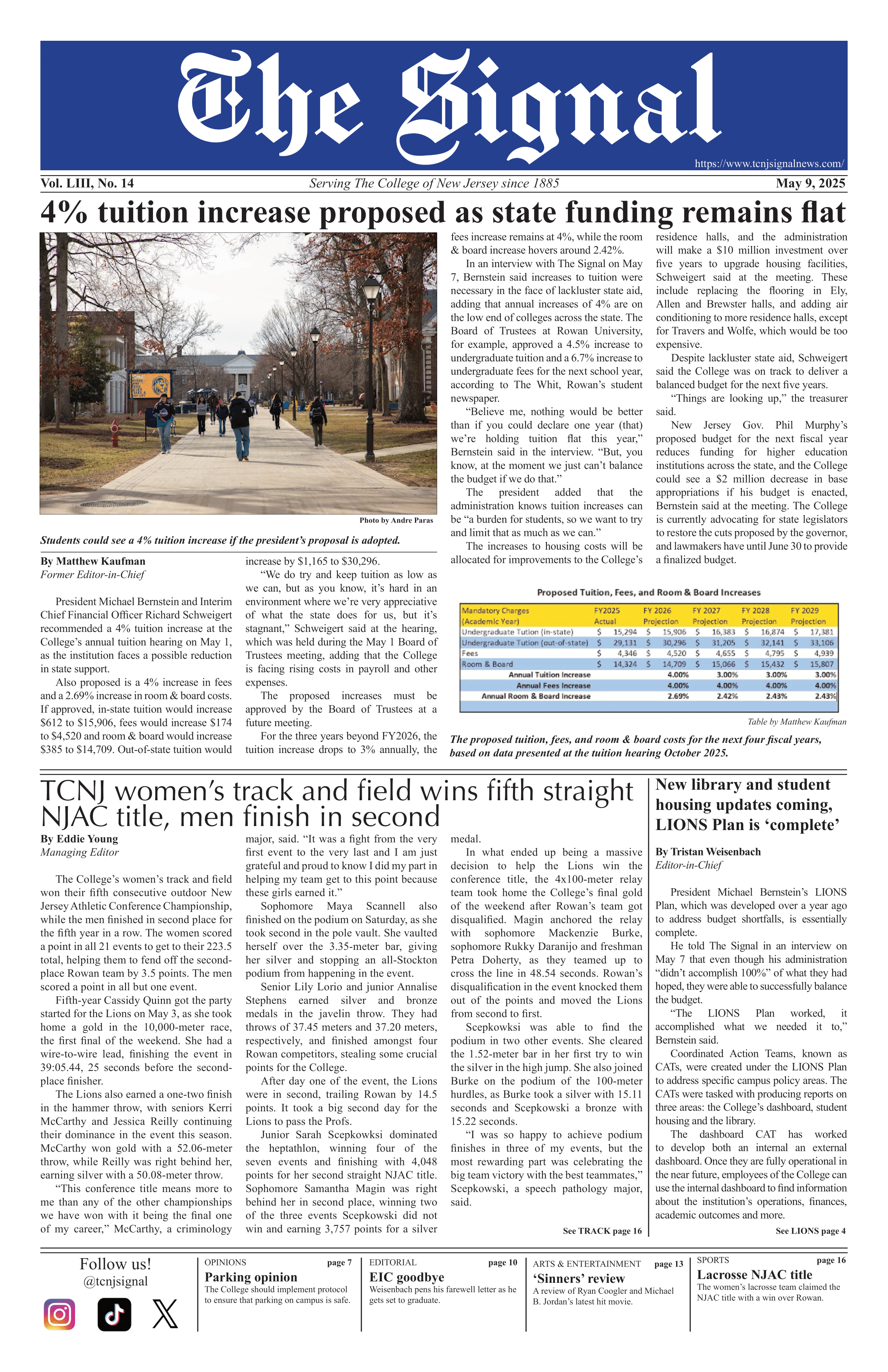By Camille Furst
Editor-in-Chief
No evidence currently exists that the Green family, who lived on what is now campus property, owned slaves. Rather, evidence suggests that the property had indentured servants, according to head researcher and anthropology professor George Leader.
This contradicts statements about the property made previously by College President Kathryn Foster. At this time, the College has not made an updated announcement to the campus community.

“This distinction is complex, but important,” Leader said in regards to slavery versus indentured servitude, in the following letter to The Signal. He emphasized that the committee is still in the early stages of research, and that there are many more documents to investigate.
Many argue, however, that indentured servitude was also a form of exploitation and abuse. According to an article by The Atlantic in 2018, writers Ariel Ron and Dael Norwood argue that “common to all of these stories is the subordination of a minority group — usually made up of foreigners and other marginalized people — for the economic and social benefit of the majority, using the tools of political disenfranchisement and the impairment of legal rights.”
In Foster’s previous statement from her community missive sent on June 19, she announced that the William Green Plantation Committee had “direct confirmation of slave ownership on the property.”
Read the full letter from George Leader sent to The Signal by Associate Vice President for Communications, Marketing and Brand Management, Dave Muha, below for more information:
The research into The William Green house, which was built around 1720 by William Green I, is in its very early stages and our picture of life on the property is evolving. In that light, I would like to clarify what we know and don’t know at this moment regarding the Green family’s ties to slavery.
It is clear that some branches of the early Green family living elsewhere in the area were indeed slave owners. TCNJ researchers have discovered manumission records from William R. Green in 1806 and William E. Green in 1803, as well as documents recording the births of enslaved people, during visits to many archives around New Jersey.
However, it has not been established if any enslaved people lived at the house that still stands on our campus. What can be said at the moment is that in 1815 at least one Black indentured servant, Eliza Reasoner, was working for the owner of the house, William Green III, during the period of the gradual abolition of slavery in New Jersey, which began in 1804. Another document from William Green III’s wife, Phebe, lists a Black indentured servant named Prime Gibson. This distinction is complex, but important. Indentured servitude was not lifelong, and indentured servants had more rights than enslaved people.
Aside from the continued research, the intentions of the project remain the same; this house can be reclaimed as a place to educate and reflect on the historical lives of the black individuals not just at the house itself, but in all of New Jersey. Of course, this is a discussion that will include many groups of people as we learn more about the history. TCNJ is fortunate, I believe, to have a piece of important history on its campus. The research into the house has already involved dozens of TCNJ students and is only in early stages. There is a long way to go. Hundreds of pages of historical records are still waiting to be read and there will be more discoveries yet to come.
So many people and students have reached out with great excitement about the project; your passion is so encouraging. It is my hope that our community will share the enthusiasm that I and so many others have and to embrace this house as an opportunity to share parts of history that have too often been silenced.
George M. Leader, Ph.D.







